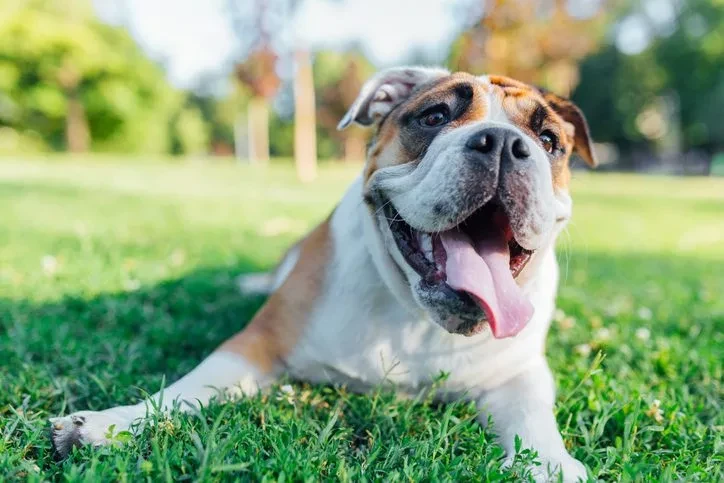Why Do Dogs Pant? Learn why your dog is panting

If you've ever observed your dog panting, you may have wondered about the reasons behind this behavior. Panting is a common occurrence in dogs and serves various purposes. In this article, we will explore the fascinating world of canine panting, uncovering the underlying causes and shedding light on its importance for dogs' overall health and well-being.
- Temperature Regulation:
One of the primary reasons dogs pant is to regulate their body temperature. Unlike humans, dogs do not have sweat glands all over their bodies. Instead, they rely on panting to release excess heat and cool down. This mechanism allows them to dissipate heat through their respiratory system and keep their body temperature within a safe range. - Physical Exertion and Excitement:
Dogs often pant after engaging in physical activities or when excited. Panting helps them catch their breath, recover from exercise, and regulate their breathing rate. It is a normal response to increased exertion and adrenaline levels. - Stress and Anxiety:
Panting can also be a sign of stress or anxiety in dogs. When faced with stressful situations, dogs may exhibit rapid, shallow breathing as a way to cope. It's essential to monitor their body language and other stress-related behaviors to address the underlying causes and provide a calm and reassuring environment. - Pain or Discomfort:
Dogs may pant excessively when they are experiencing pain or discomfort. It can be a sign of an underlying health issue or injury. If you notice unusual panting patterns accompanied by other concerning symptoms, it's crucial to consult with a veterinarian for a proper diagnosis and treatment. - Breed and Individual Variations:
Certain dog breeds are more prone to panting due to their anatomical features, such as brachycephalic breeds (e.g., Bulldogs, Pugs) with shorter snouts. Additionally, individual dogs may have different panting tendencies based on their overall health, fitness level, and personal characteristics. - Communication and Expressing Emotions:
Dogs may also pant as a form of communication or to express emotions such as excitement, anticipation, or nervousness. Paying attention to their body language and accompanying behaviors can help decipher the message they are conveying through panting.
Panting is a natural and essential behavior for dogs, serving as a means of thermoregulation, recovery, stress management, and communication. Understanding the various reasons behind their panting can help us better care for our furry companions. However, if you notice excessive or unusual panting patterns, it's important to monitor for any accompanying symptoms and consult with a veterinarian if necessary.